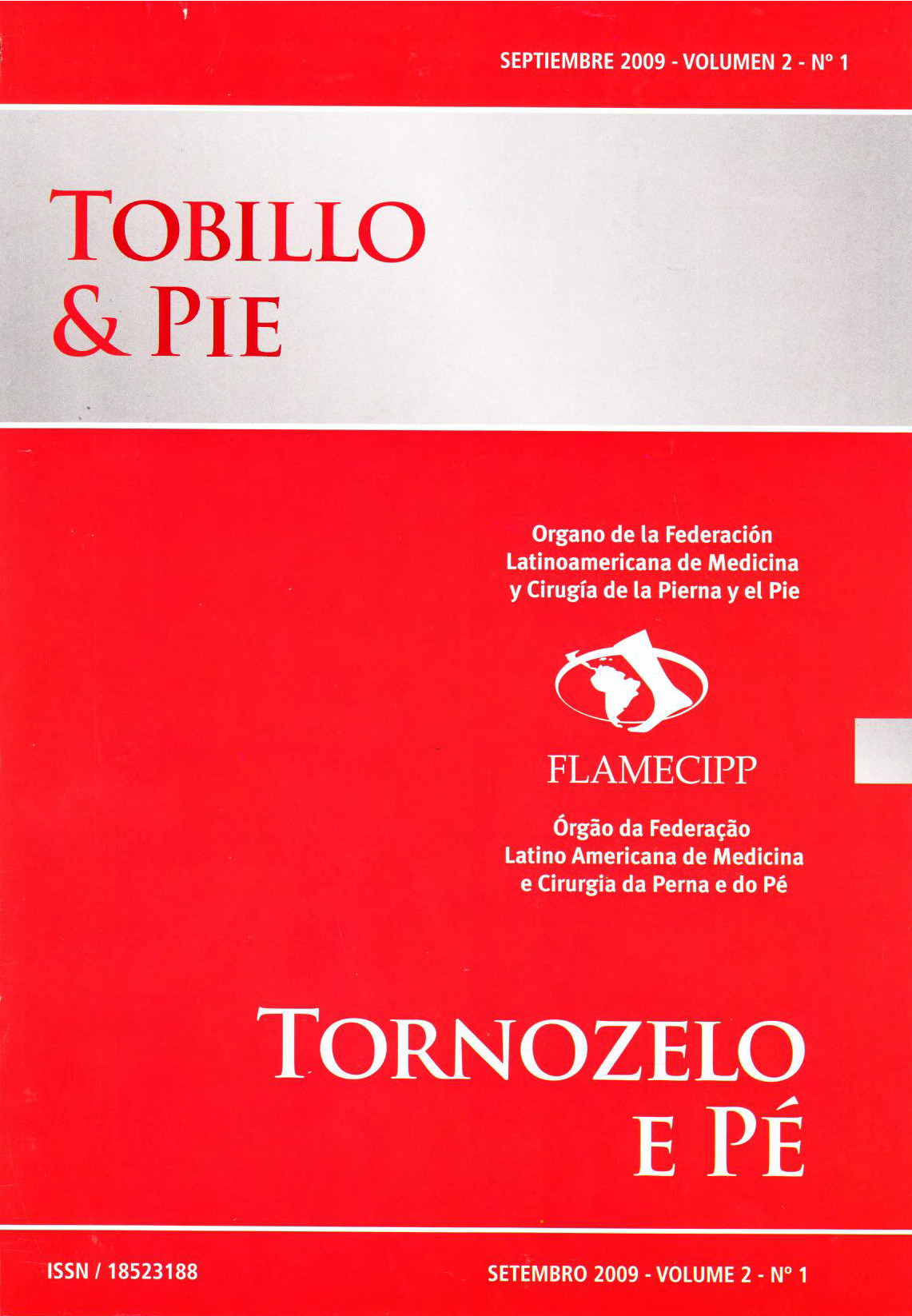Osteotomía de Weil
Precisión y eficacia de ta planificación preoperatoria
Keywords:
Metatarsalgia-Weil, Luxação Metatarsofalângica.Abstract
Preoperative planning and tem plating has been early advocated as an integral part of total hip arthroplasty. Although it has become an indispensable part of many orthopaedic surgical procedures, it is rarely performed in forefoot reconstruction. The Weil osteotomy is an oblique osteotomy of the metatarsal neck and shaft described by Dr Lowell Weil, an American podiatric surgeon, and popularized in Europe by Dr. Louis Barouk. The advantages of this osteotomy include its stability and a large area of bone-to-bone contact. Although it is now a well-established surgical technique, only few studies evaluating surgical outcomes have been published. Maestro et al described a so-called "normal" metatarsal parabola with different forefoot morphotypes, and define a geometrica I prog ression of the lesser metatarsa ls. From this observation it is possible to determine the metatarsal shortening of the Weil osteotomy required to achieve an harmonious forefoot reconstruction. However, this was not analyzed as a pred ictable tool to obta in a good clinical outcome. We evaluated the utility of a preoperative planning technique with a review of preoperative radiographs, plans, charts and 6-weeks postoperative radiog raphs of 70 Weil osteotomies to determine the metatarsal shortening, joint congruity and complications. The Mann-Withney test revealed that the metatarsal shortening achieved was more precised in the group of patients with higher AOFAS score (85 or more) (p 0.007). This study suggests that preoperative planning of the Weil osteotomy is a precise and useful tool to obtain better clinical outcomes.


